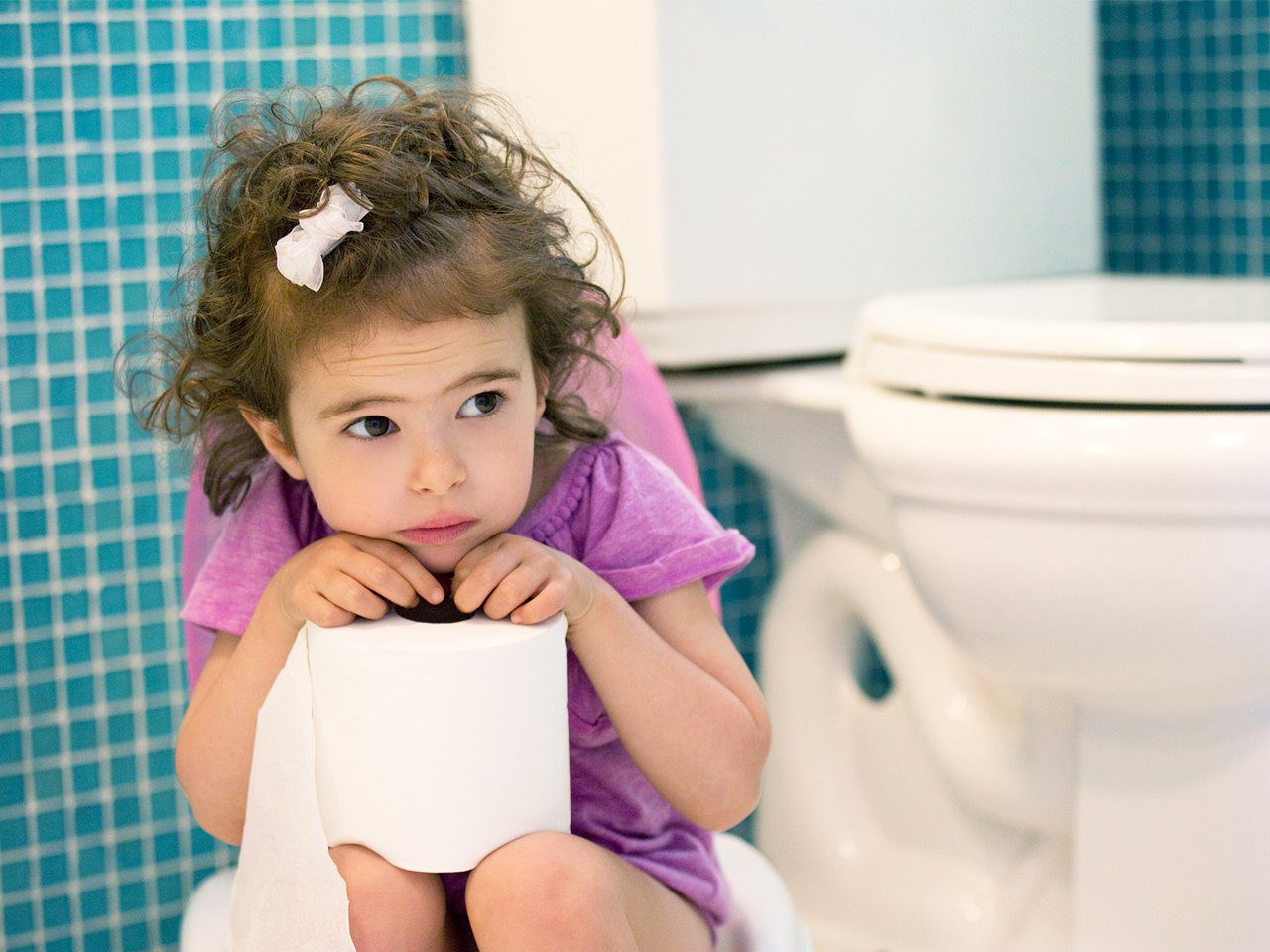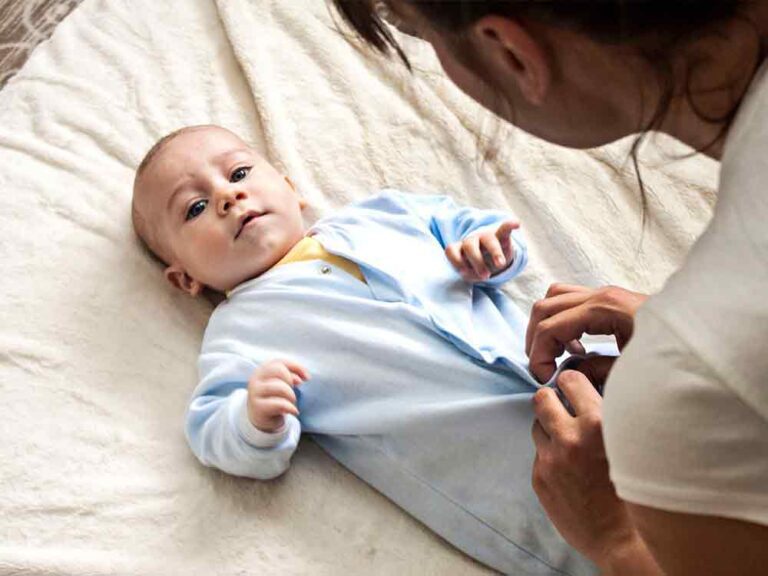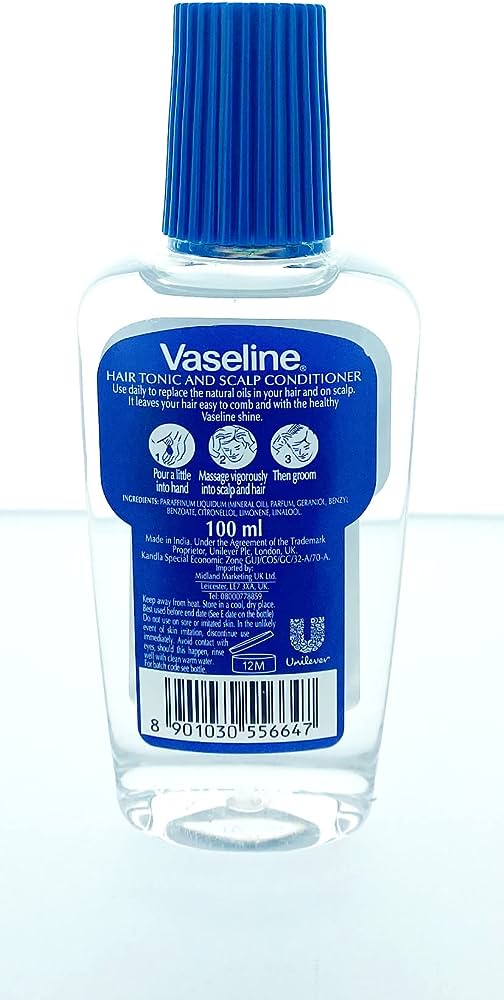How to Teach Child to Wipe Bottom: Step-by-Step Guide
To teach a child to wipe their bottom, start by demonstrating the proper technique using simple and easy-to-understand instructions. Encourage them to use toilet paper and teach them to wipe from front to back to maintain hygiene.
Additionally, you can use flushable wipes to ensure effective cleaning. Modeling the behavior yourself and providing positive reinforcement will help them learn and develop good hygiene habits. By following these steps, you can teach your child to independently wipe their bottom and promote their self-care skills.
Importance Of Teaching A Child To Wipe Properly
Teaching a child to wipe properly is essential for their hygiene and independence. By providing step-by-step guidance and using age-appropriate techniques, parents can ensure that their child learns the proper way to wipe their bottom after using the toilet.
The Significance Of Teaching Proper Bottom Wiping
Teaching your child to wipe their bottom properly is an essential aspect of their hygiene routine. While it may seem like a simple task, the proper technique and understanding of hygiene play a significant role in your child’s overall health and well-being. By instilling the importance of thorough bottom wiping, you can ensure that your child maintains good hygiene practices and reduces the risk of various health issues.
Health Benefits And Hygiene Considerations
1. Preventing Infections: Teaching your child to wipe properly helps prevent infections in the genital and anal areas. When not wiped correctly, bacteria, moisture, and waste particles can accumulate, leading to infections such as urinary tract infections (UTIs) and yeast infections. By emphasizing proper wiping technique, you can reduce the risk of these uncomfortable and potentially harmful infections.
2. Promoting Cleanliness: Proper bottom wiping ensures cleanliness and eliminates any lingering fecal matter. This is crucial in preventing unpleasant odor, discomfort, and skin irritation. By teaching your child to wipe thoroughly after each bowel movement, you promote cleanliness and minimize the risk of rashes or other skin irritations caused by prolonged exposure to waste.
3. Independence and Confidence: Teaching your child to wipe their bottom properly empowers them to take care of their personal hygiene needs independently. This builds their confidence and fosters a sense of responsibility for their own well-being. By providing them with the necessary skills, knowledge, and tools to maintain proper hygiene, you are setting them on a path to independence and self-care.
4. Establishing Good Habits: Early childhood is a critical phase for developing lifelong habits. By teaching your child to wipe their bottom properly, you’re instilling good hygiene habits that they can carry into adulthood. These habits will not only contribute to their overall cleanliness and health but also enhance their social confidence and self-esteem.
5. Reducing the Spread of Germs: Proper bottom wiping technique helps minimize the spread of germs from the anal area to other parts of the body. This is particularly important in preventing the transmission of gastrointestinal and fecal-oral diseases. By teaching your child to wipe front to back and to use separate pieces of toilet paper for each wipe, you are helping them to minimize the risk of germ contamination and subsequent illnesses.
Remember, proper bottom wiping technique is a fundamental aspect of personal hygiene that should be taught to your child early on. By emphasizing its importance and ensuring that your child understands how to wipe properly, you are setting them up for a lifetime of good hygiene practices, promoting cleanliness, and safeguarding their health.
When And How To Introduce Teaching Child To Wipe
Teaching a child to properly wipe their bottom is an important step in their toilet training journey. However, knowing when and how to introduce this topic can be a bit challenging for parents. To ensure a smooth transition, it’s crucial to consider the age-appropriate timing and implement effective strategies. Let’s explore further.
Age-appropriate Timing For Introducing The Concept
Every child develops at their own pace, so it’s essential to consider their readiness before introducing the concept of wiping. Typically, children are ready to learn this skill around the age of 3 to 4 years old. By this age, they have gained enough motor skills and coordination to perform the task with proper guidance.
Strategies For Introducing The Topic Of Wiping
When introducing the topic of wiping to your child, it’s important to take a gentle and supportive approach. Here are a few strategies to consider:
- Lead by example: Children learn best by imitating their parents, so demonstrate the correct way to wipe and emphasize the importance of cleanliness.
- Use visual aids: Visual aids such as picture books or diagrams can help your child understand the process better. Show them step-by-step illustrations of how to wipe.
- Break it down: Teaching your child to wipe can be overwhelming, so break it down into smaller steps. Start by showing them how to tear the toilet paper, then move on to proper folding techniques.
- Practice together: Guide your child through the process by letting them practice on their own while you provide assistance and supervision. Gradually, decrease your involvement as they gain confidence.
- Praise and reward: Positive reinforcement goes a long way in motivating your child. Offer words of encouragement and small rewards when they successfully wipe their bottom.
Remember, every child is different, and it may take some time for them to master the skill of wiping independently. Be patient, understanding, and supportive throughout the process. With consistent practice and gentle guidance, your child will soon become proficient in this essential self-care task.
Step 1: Explaining The Importance Of Wiping
In this informative guide on teaching children to wipe their bottom, Step 1 focuses on explaining the importance of proper wiping. By emphasizing the need for cleanliness and hygiene, parents can successfully teach their child this essential self-care skill.
Step 1: Explaining the Importance of Wiping Communicating the reasons for wiping after using the toilet Proper hygiene habits are essential to teach children from a young age. When it comes to toilet training, one crucial skill to teach your child is how to wipe their bottom after using the toilet. Explaining the importance of this step is vital to ensure they understand the reasons behind it. Emphasizing cleanliness and preventing infections One reason for wiping after using the toilet is to maintain cleanliness. Explain to your child that wiping helps to remove any residual urine or feces that may be present on their bottom. By doing so, they are keeping themselves clean and fresh. Emphasize that this step is essential for maintaining good personal hygiene. In addition to cleanliness, wiping is also important for preventing infections. Teach your child that if they do not wipe properly, bacteria can accumulate, leading to infections and discomfort. Make sure they understand that wiping effectively helps to keep their private areas clean and free from harmful bacteria. Ensuring each H3 heading adheres to HTML syntax:Communicating The Reasons For Wiping After Using The Toilet
Emphasizing Cleanliness And Preventing Infections
Step 2: Demonstrating Correct Wiping Technique
Once your child understands the importance of wiping after using the bathroom, it’s time to demonstrate the correct technique. By guiding them on the appropriate way to reach back and wipe, as well as showing them the correct motion to avoid spreading bacteria, you can teach your child to wipe their bottom effectively.
Guide The Child On The Appropriate Way To Reach Back And Wipe
- Teach your child to sit comfortably on the toilet seat.
- Show them how to reach back between their legs to access the toilet paper.
- Explain that they should avoid touching the toilet bowl or seat with their hands.
- Emphasize the importance of privacy and encourage them to close the bathroom door while they are using the toilet.
Demonstrate The Correct Motion And How To Avoid Spreading Bacteria
When teaching your child how to wipe their bottom, it’s crucial to show them the correct wiping motion. Here’s how:
- Show your child how to fold a few sheets of toilet paper into a neat square.
- To prevent the spread of bacteria, instruct your child to wipe from front to back. This direction ensures that any bacteria from the anal area does not come into contact with the genital area.
- Encourage your child to wipe gently and thoroughly, using a fresh section of toilet paper for each wipe.
- Explain the importance of wiping until the toilet paper comes away clean. If necessary, demonstrate multiple wipes until the area is clean.
- Remind your child to flush the toilet paper down the toilet after each wipe.
- If your child is still having trouble wiping independently, you can consider using flushable wipes to help ensure cleanliness. However, it’s important to teach them not to flush regular wipes, as they can cause plumbing issues.
By guiding your child on the appropriate way to reach back and wipe, as well as demonstrating the correct motion and how to avoid spreading bacteria, you can help them develop the necessary skills for personal hygiene. Remember to be patient, provide positive reinforcement, and practice these techniques regularly with your child until they can confidently wipe their bottom on their own.
Step 3: Using Visual Aids And Props
When teaching a child to wipe their bottom, using visual aids and props can be helpful. Utilizing balloons or other tactile objects can demonstrate the proper technique and make the process more engaging for the child.
Teaching a child to wipe their bottom can be made easier by utilizing visual aids and props. These tools can enhance understanding and make the process more engaging for your child. Let’s explore two effective ways to incorporate visual aids and props during the teaching process.
Utilizing Visual Aids, Such As Pictures Or Diagrams, To Enhance Understanding
Visual aids play a crucial role in helping children understand concepts more easily. When teaching your child to wipe their bottom, you can use simple pictures or diagrams to visually represent the correct technique. Here’s how you can incorporate visual aids:
- Find or create simple illustrations that demonstrate the proper steps of wiping.
- Print or draw these images and place them in a visible spot in the bathroom.
- Discuss each step with your child, pointing to the corresponding picture or diagram.
- Encourage your child to mimic the actions shown in the visuals.
By using visual aids, your child will have a clearer understanding of the wiping process and be more likely to remember and follow the correct technique.
Introduction Of Helpful Props Like Flushable Wipes Or Toilet Tissue, Ensuring Each H3 Heading Adheres To Html Syntax
In addition to visual aids, props can also be beneficial in teaching your child to wipe their bottom. These props provide a hands-on experience and help reinforce the learning process. Consider the following steps that involve the introduction of helpful props:
- Introduce your child to flushable wipes or toilet tissue, explaining their purpose and how they assist in getting clean after using the toilet.
- Show your child how to properly use the props by modeling the technique yourself.
- Encourage your child to try using the flushable wipes or toilet tissue on their own, providing gentle guidance if needed.
- Allow your child to practice using the props regularly, gradually increasing their independence.
By incorporating these props into the teaching process, your child will become familiar with the tools they need to effectively wipe their bottom.
Step 4: Supervised Practice And Reinforcement
In step 4 of teaching a child how to wipe their bottom, supervised practice and reinforcement are key. By guiding and supporting them through the process, they can learn the proper technique and gradually gain independence.
Encouraging The Child To Practice Proper Wiping Under Supervision
Once your child has learned the correct technique of wiping, it is important to provide them with supervised practice and reinforcement. This step is crucial in ensuring that they develop good habits and gain confidence in their abilities. Here’s how you can encourage your child to practice proper wiping under supervision:
- Set up a designated time for supervised practice: Choose a time when your child is most likely to have a bowel movement, such as after meals. This will provide them with regular opportunities to practice their wiping skills.
- Give them privacy, but remain nearby: Allow your child some privacy in the bathroom, but make sure you are in close proximity. This will help them feel comfortable while knowing that you are there to provide guidance and support if needed.
- Provide gentle reminders: During the practice sessions, gently remind your child to follow the correct wiping technique. Use simple and clear instructions to reinforce what they have learned. For example, you can say, “Remember to wipe from front to back to prevent any infections.”
- Offer positive reinforcement: When your child follows the correct wiping technique, praise their efforts and provide positive reinforcement. This can be done through verbal encouragement or small rewards, such as a sticker or a high-five. Positive reinforcement will motivate your child to continue practicing and improving their skills.
- Address any mistakes with constructive feedback: If your child makes a mistake while wiping, provide gentle correction and constructive feedback. Avoid using negative language or making them feel ashamed. Instead, calmly explain the correct way to wipe and encourage them to try again. This will help them learn from their mistakes and develop better wiping habits over time.
Providing Constructive Feedback And Gentle Correction
During the supervised practice sessions, it is important to provide constructive feedback and gentle correction to your child. This will help them understand where they might be making mistakes and how to improve their wiping technique. Here are some tips for providing constructive feedback:
- Be patient and understanding: Remember that learning a new skill takes time and practice. Stay patient with your child and provide reassurance that they are doing a great job.
- Use positive language: Instead of focusing on the mistakes, highlight the steps that your child did correctly. For example, if they wiped from front to back but missed a spot, say something like, “Great job remembering to wipe from front to back! Let’s make sure we get all the areas clean next time.”
- Demonstrate the correct technique: If your child is struggling with a particular aspect of the wiping technique, demonstrate it for them. Visual cues can be helpful in reinforcing the correct method.
- Encourage practice: Remind your child that practice makes perfect. Encourage them to continue practicing their wiping skills regularly, both during supervised sessions and when they are using the bathroom independently.
Step 5: Gradual Independence And Mastery
Once your child has demonstrated understanding and some proficiency in the wiping process, it’s time to allow them to gradually take over and become more independent. This step is essential in helping them gain confidence and mastery in their personal hygiene habits.
Allowing The Child To Gradually Take Over The Wiping Process
Start by letting your child take the lead in the wiping process with your supervision and guidance. Encourage them to take control of the toilet paper and go through the motions of wiping, while you observe their technique. This gradual transition empowers them to develop their skills and fosters a sense of ownership in their personal care.
Throughout this journey, closely monitor your child’s progress and provide guidance as needed. Check their wiping technique to ensure thoroughness and cleanliness. Offer suggestions and corrections gently, focusing on positive reinforcement and giving them confidence to improve.
In addition to wiping technique, it’s important to monitor other aspects such as hand hygiene. Remind your child to wash their hands properly after each bathroom visit to promote overall cleanliness.
Summary:
- Allow your child to gradually take over the wiping process with your supervision.
- Monitor their progress closely and provide guidance as needed.
- Focus on positive reinforcement and gentle corrections.
- Ensure they understand the importance of hand hygiene after each bathroom visit.
By allowing your child to gradually become more independent in the wiping process and providing ongoing support and guidance, they will gain mastery and confidence in taking care of their personal hygiene.

Credit: raisingchildren.net.au
Frequently Asked Questions On How To Teach Child To Wipe Bottom
What Age Should A Child Be Able To Wipe Their Own Bottom?
Children should be able to start wiping their own bottoms around the age of four or five.
How Do I Teach My Child To Clean Up After Themselves?
To teach your child to clean up after themselves, lead by example. Show them how you clean up and they may want to help you. Modeling the behavior is the most effective way for children to learn.
Why Do I Have To Wipe Again Hours After Pooping?
Needing to wipe again hours after pooping could be a sign of health issues like hemorrhoids or fecal incontinence. Using excessive toilet paper may indicate an underlying condition. Seek medical advice if you experience this frequently.
Should 4 Year Old Be Potty Trained?
Yes, typically a 4-year-old should be potty trained.
Conclusion
To ensure your child master the skill of wiping their bottom, it is important to follow a step-by-step approach. Start with teaching them the correct technique, using easy-to-understand language and visuals. Encourage them to practice and provide gentle guidance throughout the process.
Introduce flushable wipes for added cleanliness. Remember, consistency and patience are key in teaching this essential life skill. With your guidance, your child will soon be able to confidently and independently handle this task.






